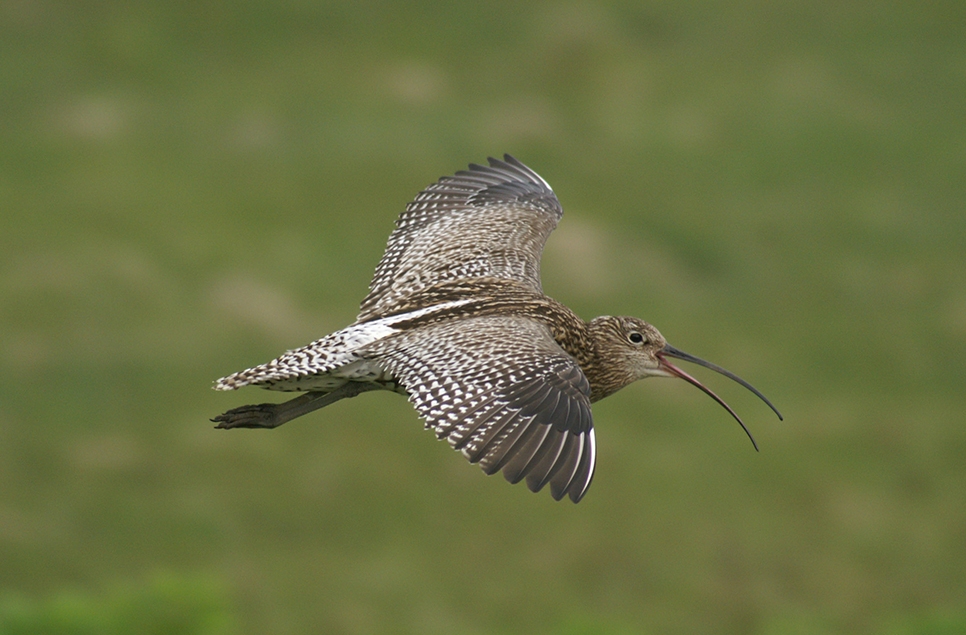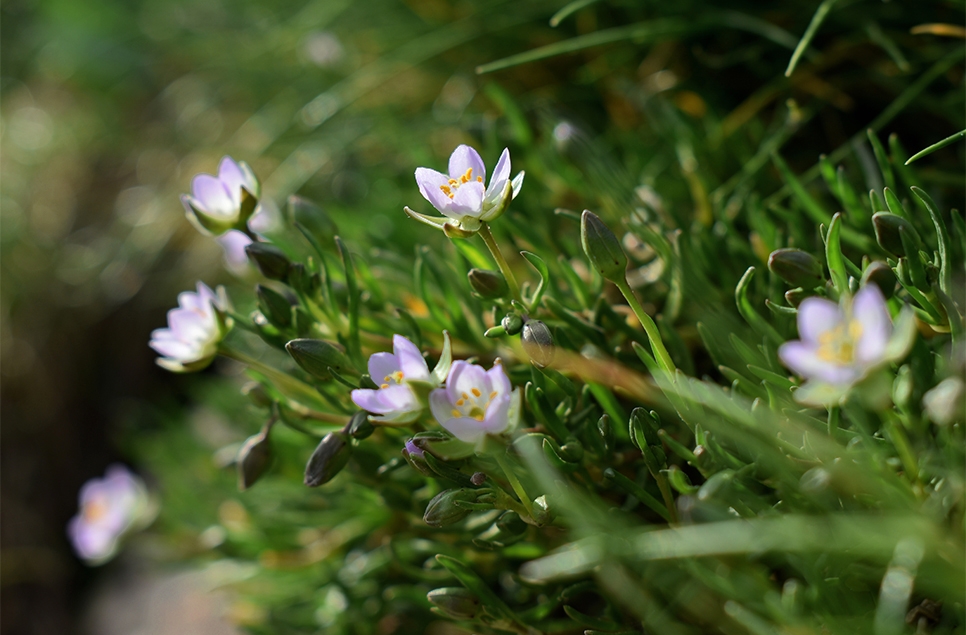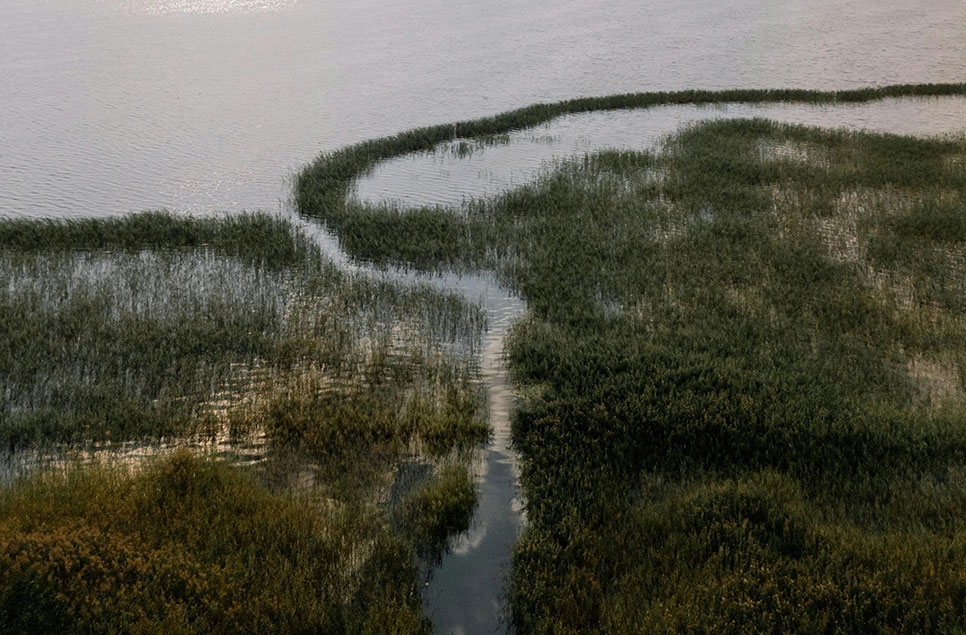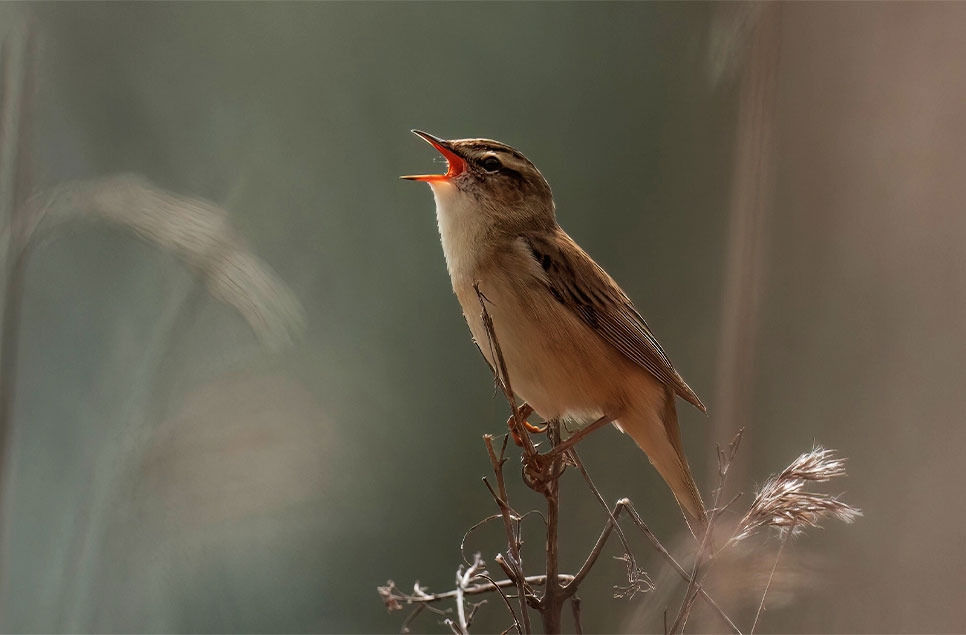Get into birdwatching
Visiting a wetland at the beginning of autumn is a very exciting experience.
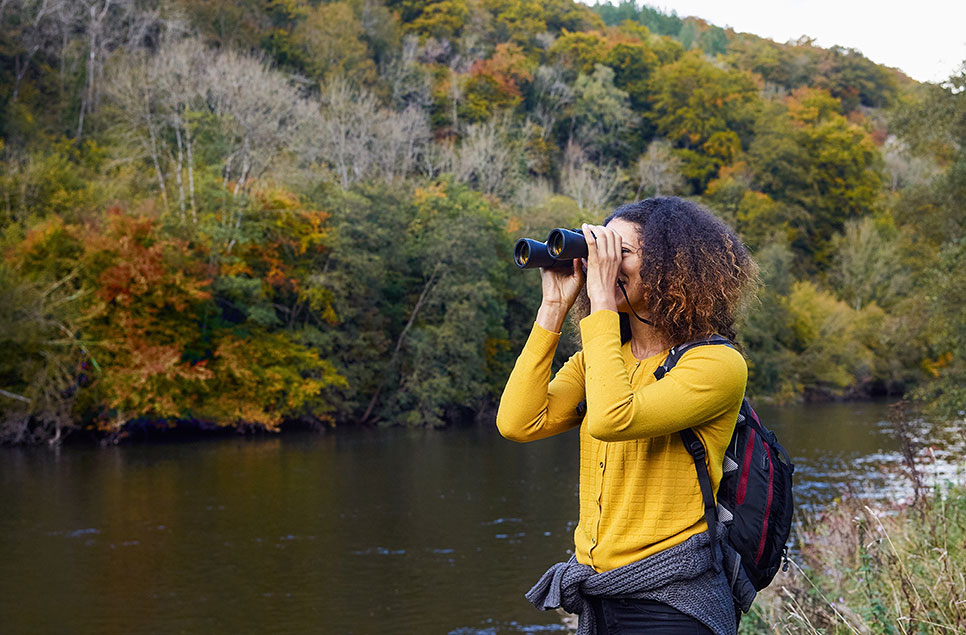
Visiting a wetland is always a very exciting experience for birdwatchers. You'll often spot a multitude of waterbirds, whether they're here to breed, passing through on migration or staying with us for the winter.
There's no time like the present to start birdwatching and the fact that you're reading this probably means you're interested as well. To help you get the most out of your first bird watching experiences, we’ve got some pointers for where to start.
Watch the birds
It’s an obvious one, but birdwatching really is that simple – look at the birds and you’ll start to gain knowledge. To start you off, you’ll need to get yourself some optics.
Binoculars are a great way to get close to wildlife; they work well for a busy wetland full of birdlife, allowing you to scan across and pick out the individuals you want to focus on. They’re a versatile tool with a great field of view and are light and portable. In the summer months, they can help you to get close to orchids, dragonflies and butterflies without disturbing them. Essentially, they should be round your neck at all times of year!
When looking to purchase your first pair of binoculars, you’ll see two numbers, that might be 8 x 42, 10 x 50 etc. That first number is your magnification, i.e. how big your subject will appear. A large magnification is great but you need to trade that off with the weight; the higher the number, the heavier the binoculars are going to be and the more stable you will need to be to get a good view. The second number is the objective lens, which dictates how much light is let in. The bigger the number, the brighter and clearer the image, but again you’ll need to trade this off with the extra weight.
Another piece of kit that you might want to look at using is the spotting scope. These will help you to smoothly look at flocks of birds, with careful detail on birds that might be hundreds of metres away. The key benefits are that you can see things at great distance plus it’s easy to share a view with friends as you can lock onto the bird and step aside; it’s really tricky to do that with binoculars. If your spotting scope has an eyepiece with magnification capabilities, you’ll be able to zoom in and get an even closer-up image; however this will detract from the image quality.
It’s a really good idea to try out your optics before you buy. Visit your nearest WWT centre to try out our extensive range of optics, including our own WWT branded binocular range starting from just £27.50. The range extends to some of the top leading brands including Viking, Kowa, Leica, Zeiss and Swarovski.
The spotting scope is however only as good as the tripod or hide-mount that you put it on – so invest well in something secure and sturdy.
Your equipment, if carried over long distances during a day’s birding, can start to feel heavy; carry packs are a great way to spread the weight.
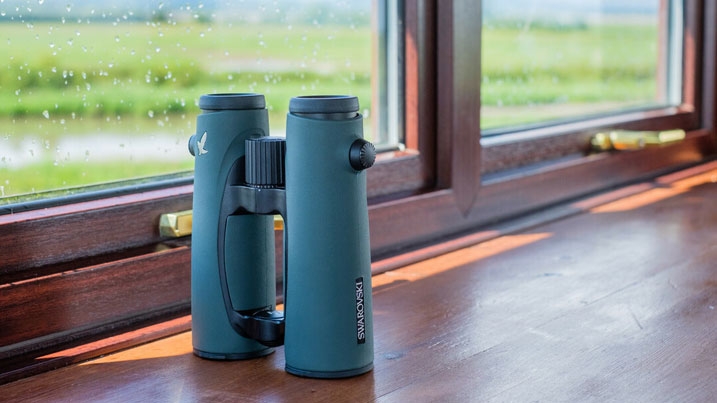
Review your sightings
After a great day out in the field, make sure you read up on what you’ve seen while the memory's fresh. A few short trips are often more helpful than a big, long stint in the field. However you do it, the more time you spend looking, the better you’ll get at identifying birds.
Read these ID books, to consolidate your knowledge after you’ve been birding and before your next trip for what you expect to see. It’s a good idea to really get to know your common birds when first birdwatching. Then when something unusual turns up, you’ll notice right away.
Keep notes
As well as reading up on the literature, ensure that you note down what you’ve seen. You’ll thank yourself later as you can read back on the memories. Plus, in future years, you’ll be able to have an idea of what to expect to see at what times of year.
For instance, you might note down a green sandpiper in the second week of June one year, so you can start to know what to expect by the following June. Birdwatching is a really educational activity; on a longer term basis, you’ll be able to see how various factors affect bird migration. For instance, a warmer spring might see swallows returning earlier and an easterly autumn wind can turn up birds you’d normally expect to see only on the continent, like black terns.
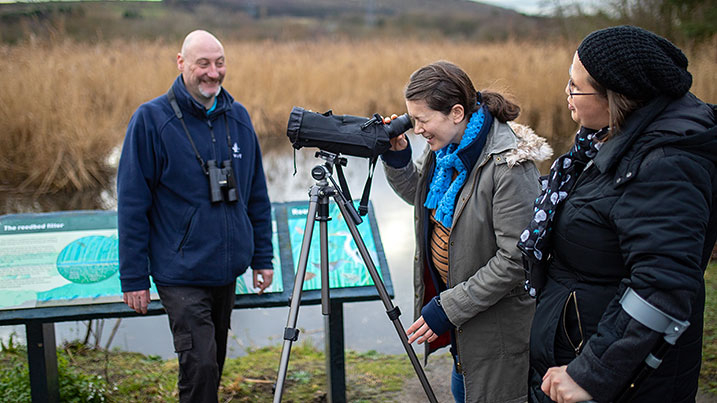
Take note of the weather
It’s a good idea to make sure you are safe from the elements when birdwatching. Take a sunhat for the summer and wear layers in the winter. Always stay hydrated when out birding, whether in summer or winter.
Just like you, the birds will be affected by the conditions too. Temperature, daylight hours, precipitation, cloud cover, wind direction and wind speed can affect birdwatching in the UK. From season to season, you’ll have different bird watching experiences in the UK. Many birds are migratory, and learning what you’re likely to see and when they’re meant to appear will help reduce misidentification.
It’s also common for birds to look different throughout the year. For birds like waders and drake ducks, plumage changes with the season. Knowing these possibilities will keep confusion to a minimum.
Get the family involved
Research tells us that birdwatching equips kids with the skills to develop better listening and observational skills. It encourages them to engage more fully with the natural world, too. Next time you’re heading out with your binoculars, it’s a great opportunity to make it a family event.
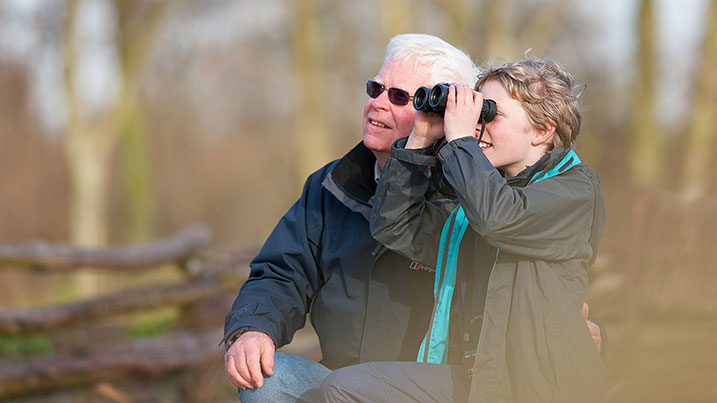
Where to go bird watching
For beginner birdwatchers, our native wetland birds are the perfect place to start.
Visit a WWT wetland centre and get started.
How to be a responsible birdwatcher
Bird watching in the UK is a popular activity. It’s estimated that 3 million of us do it every year.
Sadly, though, more and more of our native bird species are in decline. Because so many of our native birds and their habitats are under threat, it’s vital that we look after them.
Always remember:
- Avoid disturbing birds and their habitats
- Know the law and the rules for visiting the countryside
- Consider the interests of wildlife and local people before passing on news of a rare bird (particularly during the breeding season)
- Be a good ambassador for birdwatching
Visit our online shop and give back to wetlands and wildlife with every purchase.
Visit our shop
Support from Swarovski Optik helps us take care of our reserves to protect amazing wetland wildlife.
